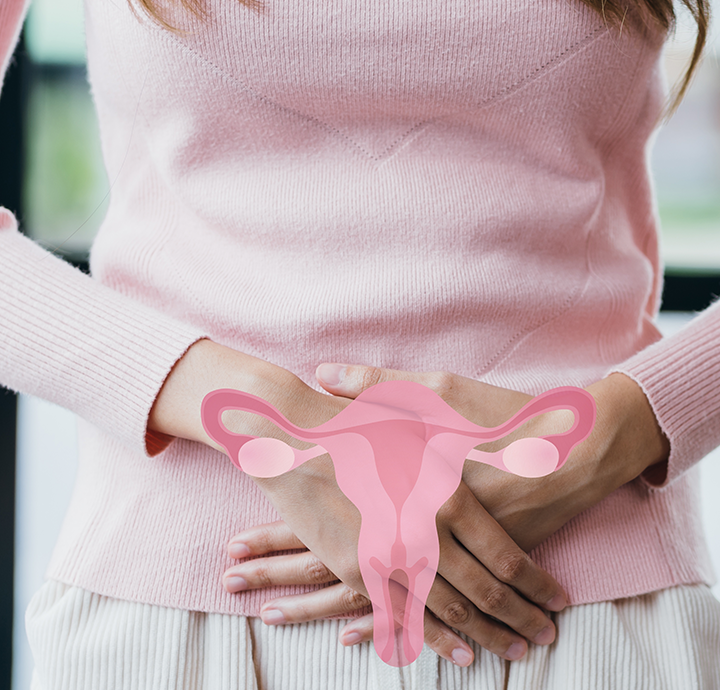
Preimplantation, or PGD for short, is a method used during in vitro fertilization treatments that enables the genetic analysis of embryos.
This method, also known as preimplantation genetic diagnosis, refers to the process of genetic testing of embryos before implantation. Especially for IVF treatments, these tests are recommended for couples with a genetic disorder or individuals who are found to be carriers of an inherited disease.
With the help of genetic science, the success rates of in vitro fertilization treatments can be increased. Within the scope of IVF treatments, chromosome number disorders such as Down syndrome and problems leading to recurrent miscarriages are common due to genetic diseases and advanced age. Those who have a preimplantation genetic diagnosis can get more successful results in this context.
Preimplantation (PGD), which refers to the process of genetic testing of embryos before implantation, is an important application for couples with genetic disorders to benefit from successful IVF treatments. It is important to apply for such genetic tests before embryo transfer.
PGD, or preimplantation as it is called in the literature, is a medical procedure performed during in vitro fertilization (IVF) treatments to genetically test embryos and to ensure a healthy pregnancy. This method is used to determine whether the embryos are genetically healthy. Preimplantation is especially recommended for couples who are at risk of having various genetic diseases and who experience recurrent miscarriages.
PGD has some application stages. In general, the process is carried out in two stages, PGD-A and PGD-M. It is especially important for couples with risks such as cystic fibrosis, thalassemia cell anemia, and hemophilia, which are single-gene diseases, to apply for such methods. The procedure is performed when the embryo becomes suitable for the preimplantation stage.
Preimplantation (PGD) is performed before the creation and implantation of embryos during IVF. This procedure involves different stages. After the cells from the embryo have been thoroughly analyzed, the results are compared. In this way, it can be determined in advance whether the embryo is suitable for pregnancy.
Preimplantation genetic diagnosis is a common test procedure performed before the implantation of embryos. It is generally reported that this procedure is applied to couples who are found to carry an inherited disease. Indications for preimplantation genetic diagnosis also include couples with a single-gene disease.
Preimplantation (PGD) genetic diagnosis applications are applied as a part of IVF treatment. In IVF treatment, the eggs of the expectant mother are collected and the sperm of the expectant father are fertilised. These eggs are then grown in the laboratory for 5-6 days. During this time, necessary genetic tests can be performed. Preimplantation genetic diagnosis The PGD method must be performed before embryo transfer.
If at least one of the couples is found to be a carrier of a single gene disease that has a risk of being passed on to the baby in the scans, these tests should be applied. For embryos at a certain level, genetic tests are performed by taking a biopsy.
Preimplantation genetic diagnosis procedures are recommended in many cases. The main purpose of this test is to create a healthy pregnancy for people who want to have a baby and have genetic risks and to determine whether these diseases will occur in the baby. In this context, the Preimplantation genetic diagnosis method can be recommended for everyone who will undergo IVF treatment.
Couples for whom genetic diagnosis by preimplantation (PGD) method is essential consist of the following group of people:
Preimplantation genetic diagnosis (PGD) is an important medical procedure to ensure a successful pregnancy, as it enables the selection of genetically healthy embryos. It is a complex procedure depending on many factors and is not without risks. For this reason, it is an extremely important and sensitive issue to decide whether or not to resort to genetic diagnosis PGD method by a specialist.
It is an important procedure nowadays, as it is widely used in IVF treatment and plays a role in determining whether the embryos are genetically healthy or not. Only for suitable couples, the genetic health of embryos can be examined by this method.
Preimplantation genetic screening and diagnosis are performed after fertilization, i.e. following fertilization, the embryo is monitored in the laboratory until it reaches a certain cellular stage in the culture system. PGD procedures are performed together with IVF treatment. Embryos are created by taking the eggs of the expectant mother and fertilizing the sperm obtained from the father in the laboratory environment. It is an important treatment method in terms of preventing damage to embryos and the formation of a healthy pregnancy.
In general, PGD genetic diagnosis application consists of the following stages:
After healthy embryos are selected with PGD genetic diagnosis, the transfer phase is started. Pregnancy is followed up after this stage. In this way, the birth of healthy embryos without genetic problems is supported.
The biggest advantage of tests such as preimplantation (PGD) will be to increase the success rates in IVF treatment. It includes an important medical procedure for the selection of healthy embryos in IVF treatment in terms of the birth of genetically perfect babies. Chromosomally normal embryos can be selected and transferred. The main advantages to be obtained with PGD application are briefly as follows:
With the help of Op. Dr. Nurettin Türktekin and clinical facilities, the selection of the healthiest embryos in IVF treatment, especially single gene diseases, is provided. You can benefit from the healthiest and most successful IVF treatments by contacting us now.



Ovarian cysts are fluid-filled sacs or vesicles seen inside the ovary. Normally, during each menstrual period, a cyst called a follicle, which carries the egg cell and can reach 3 cm in size, forms in the ovaries. Then this cyst cracks and the egg is released. In young girls with ovulation problems, normal or physiological follicle cysts that cannot rupture can grow every month and reach 5-10 cm, while small numbers of 0.5-1 cm in size, which we call polycystic ovaries, can be seen in series. Apart from these functional cysts, benign or malignant ovarian cysts can also be seen in all age groups.
Except for the most common functional ovarian cysts, cysts can be benign or malignant tumoral cysts. In addition, as a result of infection, abscess-shaped cysts may occur, which is usually accompanied by pain and high fever.
Preimplantation (PGD) costs vary according to the scope of the case and the conditions of the center where the procedure is performed, so a fixed figure cannot be given.
Embryos obtained after IVF treatment with preimplantation genetic diagnosis method are biopsied on the 5th or 6th day. Biopsy is performed for the selected suitable embryos and healthy embryos are selected by PGD method.
PGD diagnosis method is extremely important for a healthy pregnancy. Preimplantation (PGD) method is effective in increasing the success rates for many couples undergoing IVF treatment. The number of those who achieve a healthy pregnancy with PGD is quite high today.